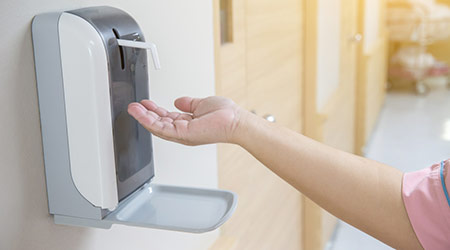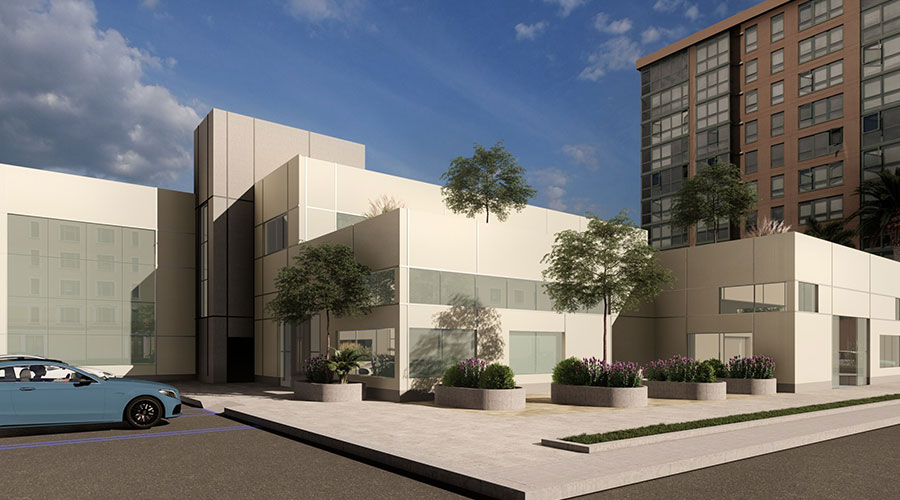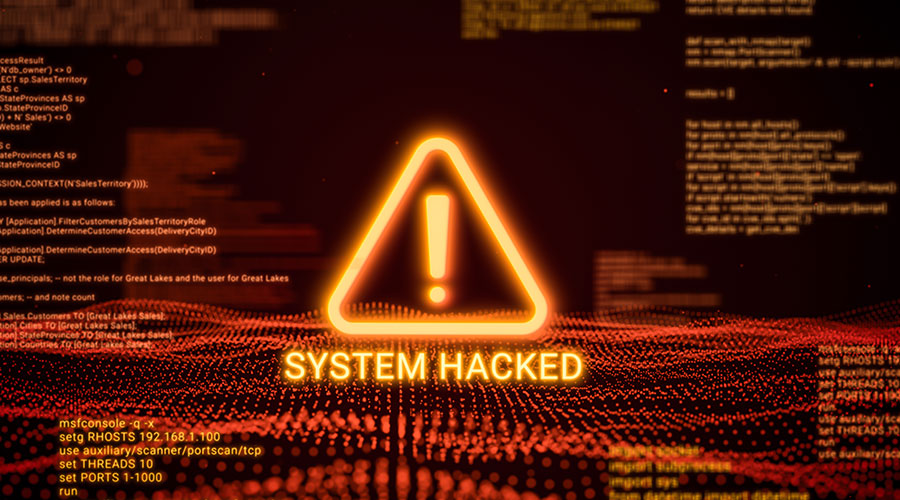A recent study released by the CDC revealed that patients' risk of having a healthcare-associated infection (HAI) was 16% lower in 2015 than in 2011, with researchers noting that the reduction may reflect an uptake of infection-prevention practices.
The Affordable Care Act of 2010 expanded the utilization of value-based purchasing (VBP) and pay-for-performance reimbursement methods and may reflect a widespread movement in healthcare quality and patient safety initiatives, furthermore increasing transparency and accountability (Casto & Forrestal, 2015). The Centers for Medicaid and Medicare Services (CMS), cites that VBP programs encourage hospitals to improve the quality and safety of acute inpatient care (“The Hospital Value-Based Purchasing (VBP) Program”, 2018)
While HAIs are preventable with the right plan in place, many facilities still struggle to arm themselves with the newest, most effective set of solutions. Neglecting to utilize available technologies is one of the biggest reasons why some facilities are falling behind, with recent research positing that the slow adoption of electronic surveillance methods had the potential to hamper an organization’s HAI prevention efforts. These tools, specifically those powered by Real-Time Location System (RTLS) technology, can provide healthcare organizations with a complete arsenal in the battle against HAIs.
Improving hand-hygiene adherence rates
With RTLS solutions, healthcare organizations can track hand hygiene compliance and noncompliance events without error, increasing infection control through location monitoring. Through this technology, staff is encouraged to engage in hand hygiene and with improved engagement, there is an opportunity to decrease the spread of HAIs. Further, through analysis and reporting features, facilities can focus their IP education and retraining where it is needed most.
Featuring durable technology components
Waterproof, reusable tags present an immense opportunity for healthcare organizations to not only minimize the spread of HAIs from patient or asset to other people or materials, but to also help improve operations through sustained and streamlined, asset management.
Certain tags on the market are designed without seams, screw holes or crevices, where bacteria can grow and thrive. And being waterproof, the tags are able to go through an extensive sterilization process without getting damaged, a capability that enables cost efficiency and promotes a cleaner, safer healthcare environment. Further, by integrating submersible tags into a larger real-time location system solution, facilities will be incorporating patient health and safety into the very operations and infrastructure of an organization.
Tracing potential routes to infection
Contact-tracing technology allows anyone with access to track nearly every movement of a patient at a moment’s notice. This usage of RTLS technology can track a patient’s current location within the facility, where they have been, who they’ve come in contact with, and even what equipment has been used on them. This transparency has proven to be integral to an organization’s infection-prevention initiatives.
Not only does this capability streamline day-to-day operations and add an extra layer of defense against the spread of HAIs, but in the case of an outbreak emergency can reduce panic and jumpstart a plan of action for a facility. Understanding who the patient has been in contact with and when, dictates the emergency response and minimizes confusion during an unfortunate situation. Further, the data gathered from contact tracing begins at the infected person(s) and works backward to determine where the infection came from. Finding a source and containing it before it spreads further can save facilities time, resources and lives.
Managing assets and medical scope
Functioning in a similar manner to contact tracing, asset and medical scope management allows staff to track the location and usage of various medical equipment. Recording information like which medical instrument was used on which patient helps to suppress HAIs. It can also keep track of which equipment is clean and which items must still be sanitized or discarded. This capability helps prevent contaminated equipment from ever being used on patients.
Monitoring sensitive environments
Different areas of hospitals have different temperature and environmental requirements, and if not monitored properly, bacteria and viruses may have an opportunity to grow. RTLS-based compliance monitoring systems measure the conditions of certain environments automatically, without the need for staff to manually record. This reduces the risk of human error and protects assets around the clock that could be expensive to replace or dangerous to patients if contaminated. Additionally, by monitoring conditions like temperature and humidity in certain sections of a facility, healthcare workers are able to limit how long organisms like bacteria and viruses live, thereby reducing the potential of HAIs.
Ensuring sterile surgical environments
During surgical procedures, it’s critical that the medical instruments required have been properly sterilized beforehand, and RTLS’ capabilities in asset and medical scope management provide physicians greater certainty that the sterilization process has been followed and the possibility of an infection through faulty device oversight has been eliminated. That said, air quality is another factor that should be considered when performing surgery. Typically if a virus is airborne, you won’t know until it is too late. Certain location-based monitoring solutions can also test air quality and alert users to anything out of the ordinary, including ventilation system failure, thus ensuring that one less opportunity for infection is resolved.
One of the appeals of RTLS-based technologies is its ability to provide real-time reporting on nearly every level of a facility, from assets to patients to air. Having a coordinated, cohesive RTLS system in place can better equip your facility in the case of emergency and even help you to mitigate the chance of an emergency arising in the first place.
It’s important for organizations to understand the value of a complete infection control solution, as properly utilizing RTLS technology can not only help to eliminate a number of potential infection risks, but can also streamline hospital operations and increase overall patient satisfaction.
Julie Thomas, BSN, RN is a Clinical Educator for CenTrak.
Casto, A. B., & Forrestal, E. (2015). Principles of healthcare reimbursement (5th ed.). Chicago: IL: AHIMA Press. ISBN: 978-1-58426-434-7
The Hospital Value-Based Purchasing (VBP) Program. (2018). Retrieved from https://www.cms.gov/Medicare/Quality-Initiatives-Patient-Assessment-Instruments/Value-Based-Programs/HVBP/Hospital-Value-Based-Purchasing.html

 UF Health Hospitals Rely on Green Globes to Realize Their Full Potential
UF Health Hospitals Rely on Green Globes to Realize Their Full Potential How Healthcare Facilities Can Be Truly Disaster-Resilient
How Healthcare Facilities Can Be Truly Disaster-Resilient TriasMD Breaks Ground on DISC Surgery Center for San Fernando Valley
TriasMD Breaks Ground on DISC Surgery Center for San Fernando Valley Bigfork Valley Hospital Falls Victim to Data Breach
Bigfork Valley Hospital Falls Victim to Data Breach AI-Driven Facilities: Strategic Planning and Cost Management
AI-Driven Facilities: Strategic Planning and Cost Management